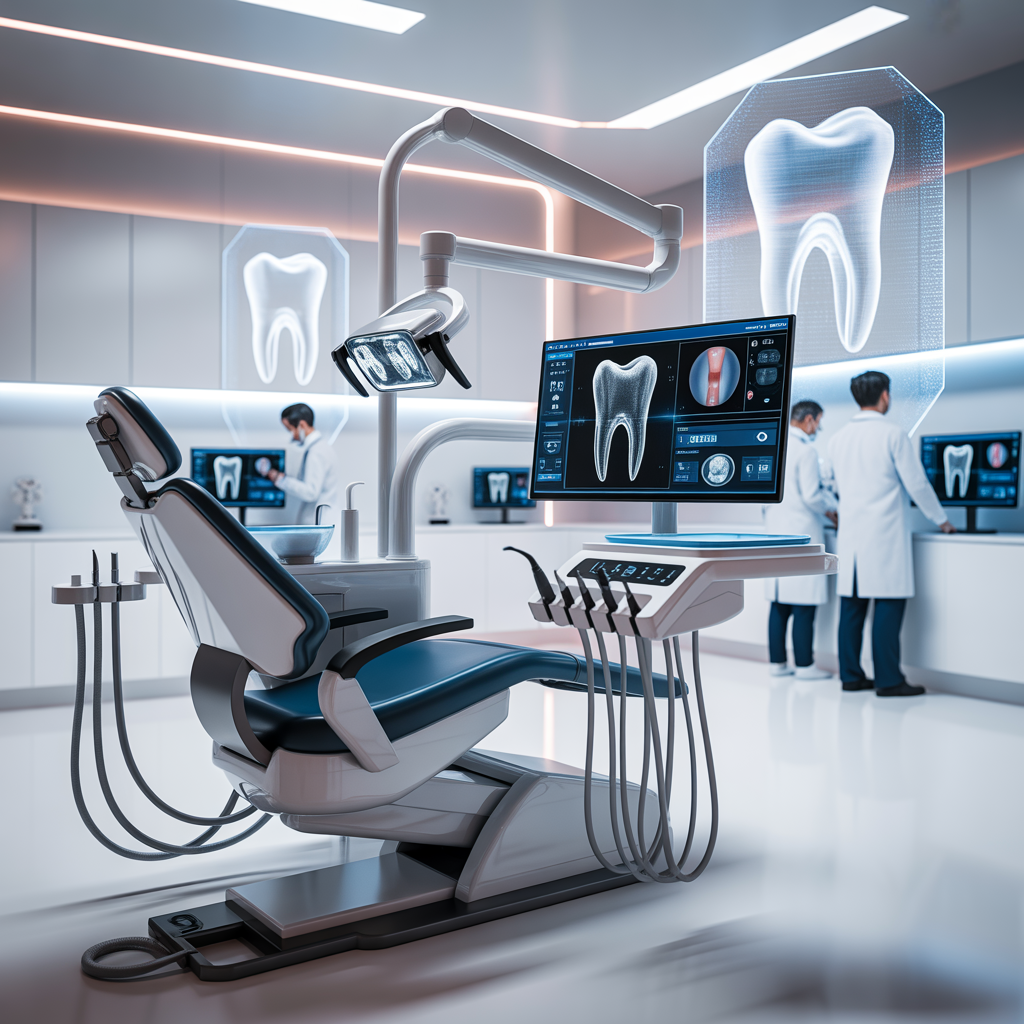Since the respiratory disease coronavirus (COVID-19) outbreak in 2019, different preventive measures have been implemented to ensure people’s safety. These preventative measures include washing hands, social distancing, vaccination, and wearing face masks.
Face masks help reduce the spread of infectious respiratory diseases by preventing respiratory droplets from escaping into the environment. The various types of face masks, like the Australian-made face masks, have different materials and designs, but they function similarly.
However, facemasks differ in their efficacies. This article will discuss the different types of face masks and what to consider when choosing a face mask.
Features to Consider When Choosing a Face Mask:
There are several features to consider when choosing a facemask. Below, we carefully highlight essential features when choosing a face mask.
● Layers of Material with Filter
According to experts, using a face mask with multiple layers of material can help reduce the risks of contracting a respiratory disease like covid-19. Also, a good face mask must contain a filter between the layers to prevent minute particles from passing through it. The better the filter in a face mask, the more safety it will provide.
● Flexible Ear Loops
A face mask with ear loops offers more convenience than a face mask tied at the back of the head. Flexible ear loops are suitable because they can be adjusted to fit your face comfortably. They are also easy to wear outdoors and remove indoors with little to no stress.
● Nose-Bridge Wire
The best face mask will have a flexible and malleable wire that makes the face mask fit adequately on your face without gaps. This feature prevents droplets from evading the nose’s sides and the face mask from sliding down your face when talking, walking, or running.
● Reusable
In this covid-19 era where you must wear face masks daily, choosing a facemask you can wash and reuse as often as possible is economical. A reusable face mask will save you the money and time you would spend buying new ones frequently.
● Breathable
A vital feature a nose mask should have is its breathability. You must ensure the face mask you select allows for easy breathing, especially for an extended period. Face masks made with highly breathable materials help prevent cases of hypoxia (low oxygen in tissues) or asthma attacks that occur when a person is not breathing in enough air.
Types of Face Masks and Their Effectiveness
The various types of face masks that are recognised and recommended by the World Health Organisation and other public health bodies like the CDC include the following;
- Bandana: A bandana can protect against droplets and sneeze- or cough-related sprays. Droplets can squirt to over 8 feet from the source without a covering. However, using a bandana can reduce the distance to 4 feet.
- Cloth Mask: A cloth mask with three layers (inner, middle, outer) of materials without a filter can obstruct about 26.5% of particles. A layered cloth mask with a filter can block about 79% of particles.
- Disposable Surgical Mask: Surgical masks are a mixture of plastics and paper. An adequately worn surgical mask can prevent splashes, sprays, and large droplets but are not highly effective in preventing tiny particles.
- Respirators: Respirators, like N95, KN95, etc., provide a highly effective filtration system. They block about 95% of airborne minute particles from passing through them.
Australian-Made Face Masks
The Australian-made face masks are highly protective and fashionable reusable face masks that are integrated with effective filters. These face masks are eco-friendly and tested and are usually available in different sizes (for adults and kids) and colours.
Various companies produce these Australian-made face masks, like TECMASK, which incorporates an antimicrobial filter (Folma-Shield) to prevent toxic airborne particles like pollen, droplets, bacteria, and dust.
To Wrap It Up
There you have it! We have carefully listed five features you must consider when choosing a nose mask. Some features are the layers of material with the filter, the nose bridge wire and whether the material is reusable.















Leave a Reply